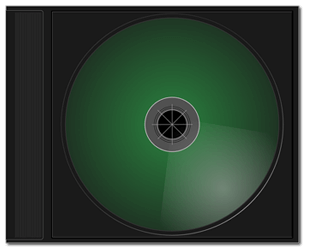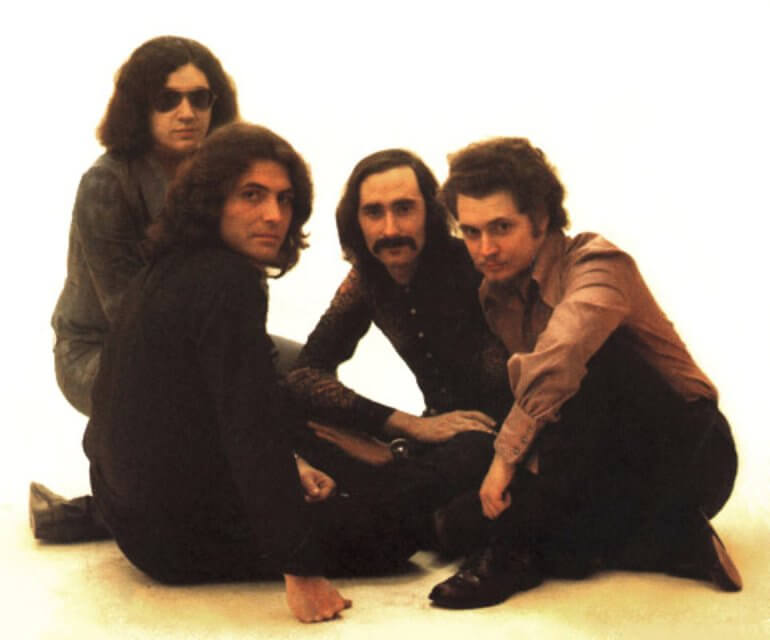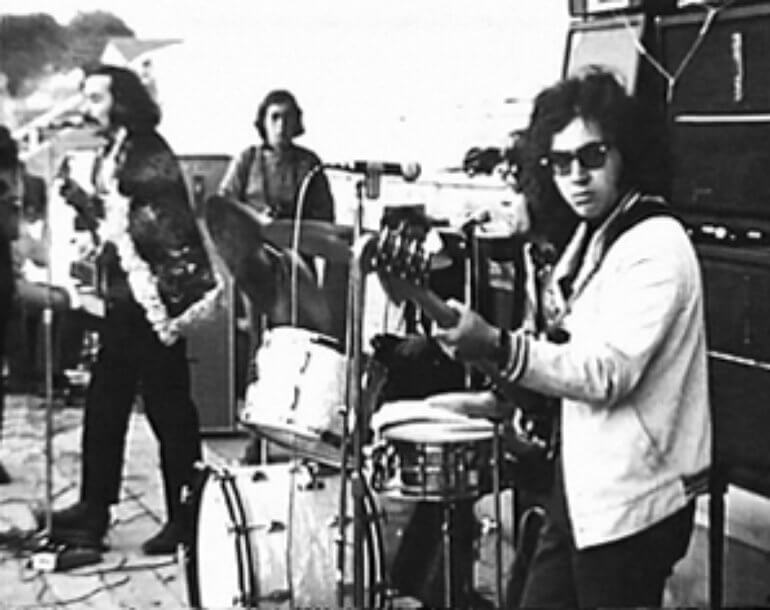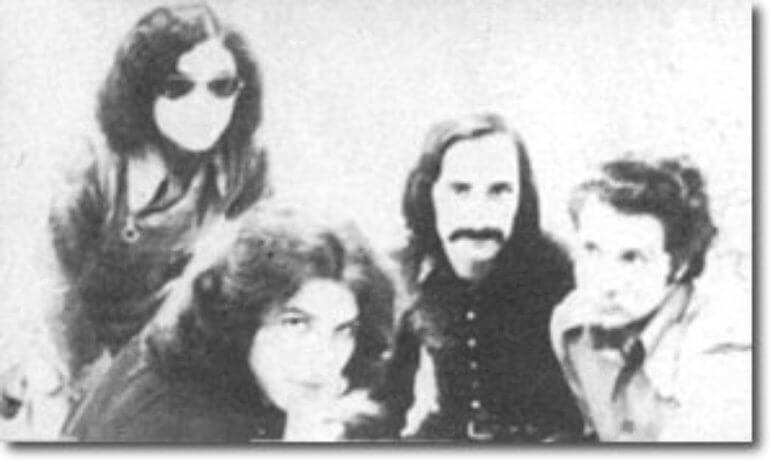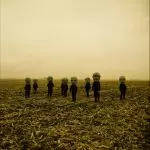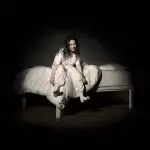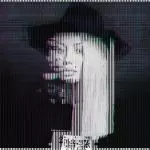Fusioon - Биография
Теги и жанры: progressive rock, fusion, art rock, spain, jazz rock
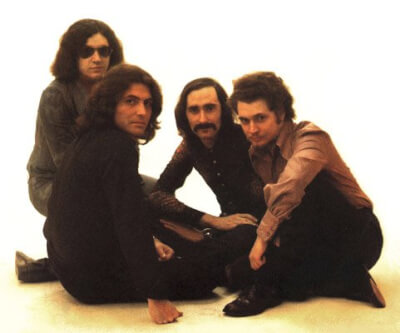
Fusioon emerged in the final years of the Franco dictatorship, when Spain began to unwind a decades-long period of economic and cultural isolation. The last few years of Franco’s reign are sometimes called The Spanish Miracle, so sharply did standards of living rise and modernization take hold. You can sense some of this context in this first album from the little known Catalan quartet. A strong thread of forward-looking optimism runs through Absolute Fusioon. These synth-heavy, prog-complex compositions draw on traditional Spanish culture, but filter it through a space-age aesthetic, so that even old Catalan Christmas carols (“Ya Se Van Los Pastores”) gleam with futuristic possibility.
Fusioon was dominated by piano and synth player Manuel Camp, whose off-kilter, modernistic keyboard riffs define most of these tracks. He was supported by guitarist/synth player Marti Brunet, drummer Santi Arisa and Pacho Chacn on bass, all extremely able musicians, capable of navigating the bnd’s intricate tempo- and key-shifting arrangements of original compositions, classical works and Spanish traditional songs. There is a bit of Latin syncopation and swing in even the most difficult of these cuts. “Dilogos,” with its skewed synth motifs, its all-hands anthemic choruses and its irregular rhythms nonetheless, has a bit of the slink and slither of Latin ballroom dance. And “Ya Se Van Los Pastores” (which translates roughly as “The Shepherds are Going” i.e. to see baby Jesus) has a smooth-jazz buoyancy and breeziness to it, despite its multiple mood changes.
Like many progressive rock bands of the 1960s and 1970s, Fusioon experimented with classical material, turning Bach’s eerie “Toccata and Fugue” into a propulsive, even vaguely danceable entertainment (here “Toccato Y Fug”) and the “Rondo Y Final” into an all-out synth freakery. But perhaps the most striking blend of pop and classical comes midway through the disc with “Danza Del Molinero,” with its wild careening violins and mad piano slides. The piece comes from Manual De Falla’s Three-Cornered Hat, which premiered in 1917, and pays a subtle tribute, I think, to another earlier artist who spliced the vernacular with the concert hall, incorporating bits of flamenco into his composition. There’s this, too: De Falla left Spain in 1939, at the very beginning of Franco’s reign, which ushered in a three-decade period of stultifying conservatism in the arts and culture of Spain. Fusioon, coming out at the other end of this mini-dark age, may have wanted to recognize a prime mover in an earlier flourishing of Spanish culture.
Fusioon’s work sounds dated now, full of needless complexity and unwarranted optimism about the power of modernization. Yet, it’s a fascinating glimpse at artists testing the boundaries of a long-closed society. They make their way feverishly through a world in ferment, honoring their country’s past while taking their first tentative steps out into a barely imagined modern world.
By Jennifer Kelly

